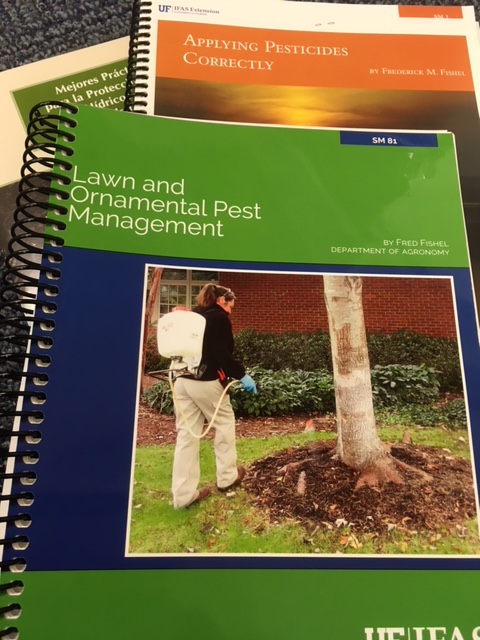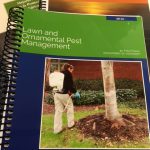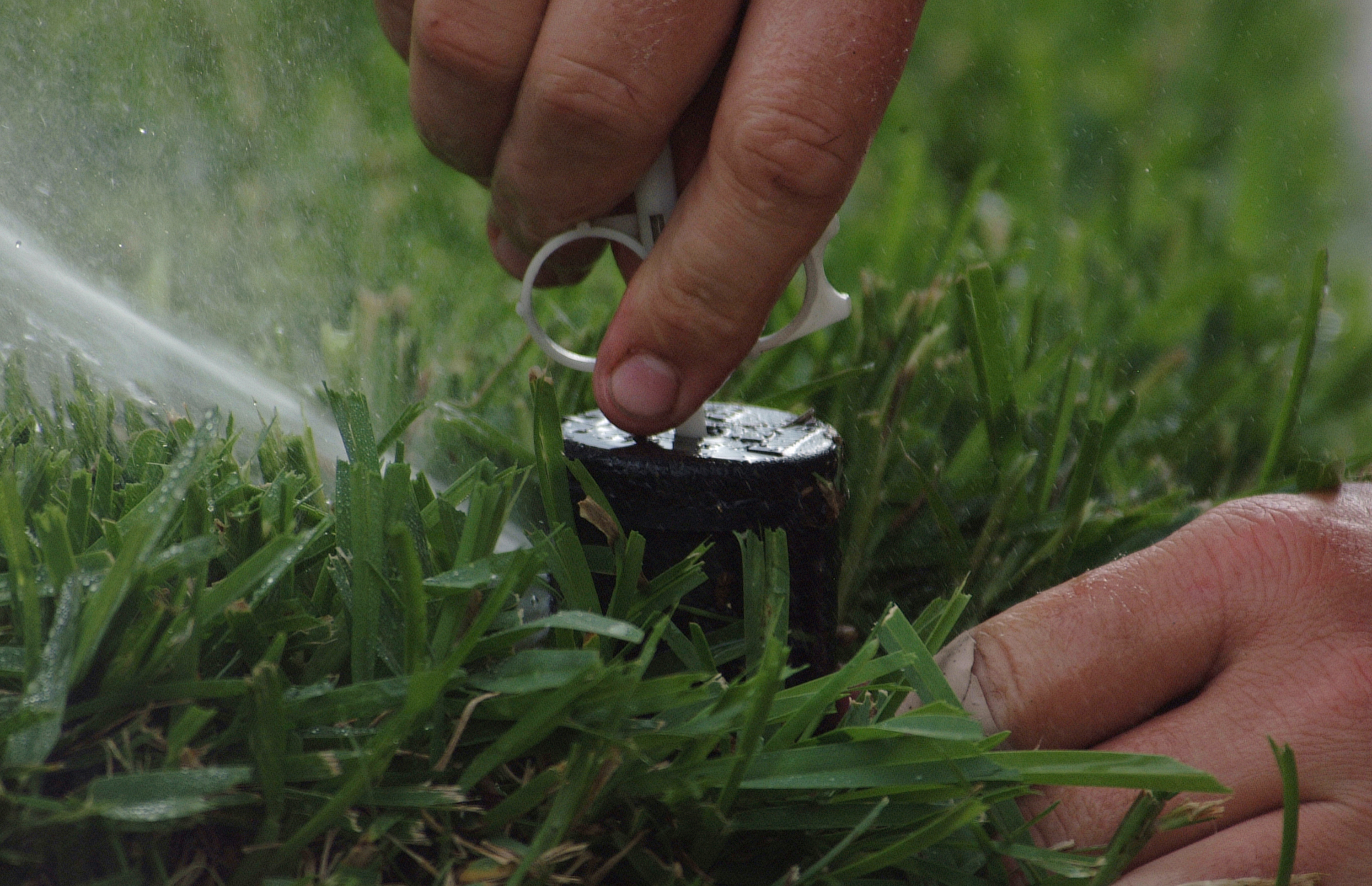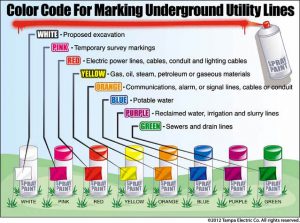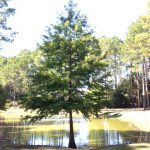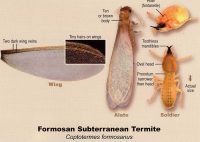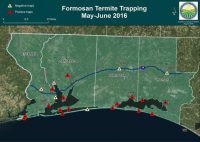Fertilizer Label Requirements for Urban Turf (Lawns)
As of January 2015 the labels on fertilizer bags have changed. Florida Rule 5E-1.003 required fertilizer manufacturers to modify their package recommendations and wording.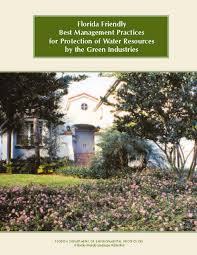
“Specialty fertilizers” was one of the more significant changes. This included packages that weigh 49 pounds or less and are labeled for home (residential) lawn use. The new labeling requirement for fertilizers labeled for use on urban lawns included that these products must be no phosphate or low phosphate. “No phosphate” fertilizers will be expressed as zero in the guaranteed analysis. “Low phosphate” fertilizers typically have 2% when labeled for residential lawns. Additionally, the recommended application rate must not exceed 0.25 lbs. P2O5 / 1,000 square feet per application and cannot exceed 0.50 lbs. P2O5 / 1,000 square feet per year. The only exception is “starter fertilizers”, which is a fertilizer formulated for a one-time application at planting or near that time to encourage root growth. A starter fertilizer can recommend a one-time application rate of 1.0 lb. of P2O5 / 1,000 square feet.
The Label is the Law
Application rates cannot be exceeded and the site must be on the label. The “site” refers to the specific grass area that the application is intended for. So, for fertilizer packaging under Rule SE-1.003 there a few definitions you need to understand:
- “Urban Turf” or “Lawns” means non-agricultural land planted in closely mowed, managed grasses except golf courses, parks and athletic fields.
- “New Urban Turf” means residential lawns established less than 12 months.
- “Actively Growing Turf” means turf that needs mowing at least once every two weeks to maintain the grass blade height according to the UF/IFAS recommendation.
- “Established Urban Turf” means residential lawns older than 12 months.
In addition to restrictions on phosphate, the Urban Turf Rule restricts the use of nitrogen. The amount that can be applied at once, as well as, annually and the seasonal application timing are defined based on the different regions of Florida. Local ordinances may be even more restrictive than the fertilizer label.
The following language must appear on all fertilizers sold at retail:
- “Apply only to actively growing turf”.
- “Do not apply near water, storm drains or drainage ditches”.
- “Do not apply if heavy rain is expected”.
- Apply this product only to your lawn and sweep any product that lands in the driveway, sidewalk or street back onto your lawn.
Finally, the labeling requirements for fertilizers that come in 50 pound bags or larger include that the directions for use cannot exceed rates recommended in the document entitled “Florida Friendly Best Management Practices for Protection of Water Resources by the Green Industries” (GI-BMP). The GI-BMP restricts nitrogen applications to less than what the label states. If the slow-release component of the overall nitrogen percentages is 30% or greater, the product can be applied at 1.0 lb. of N / 1,000 sq. ft. If it is less than 30%, then the rate is only 0.50 lb. N / 1,000 sq. ft.
The next time you are shopping for fertilizer, take the time to read the bag. Know that you are applying it correctly and legally.
By the way, if you are being compensated for applying fertilizer, FDACS requires a Limited Urban Commercial Fertilizer application certification with a pre-requisite of GI-BMP training.
Upcoming classes in Northwest Florida
